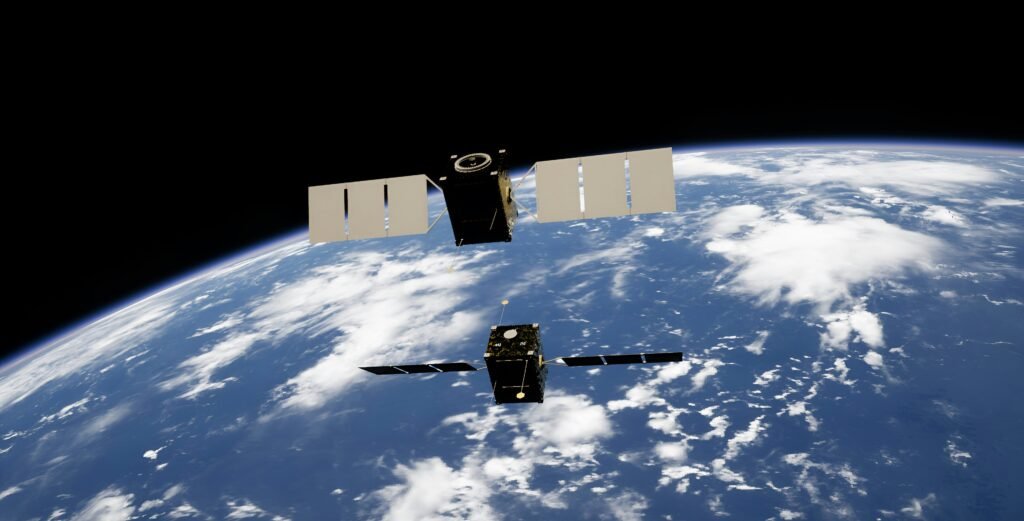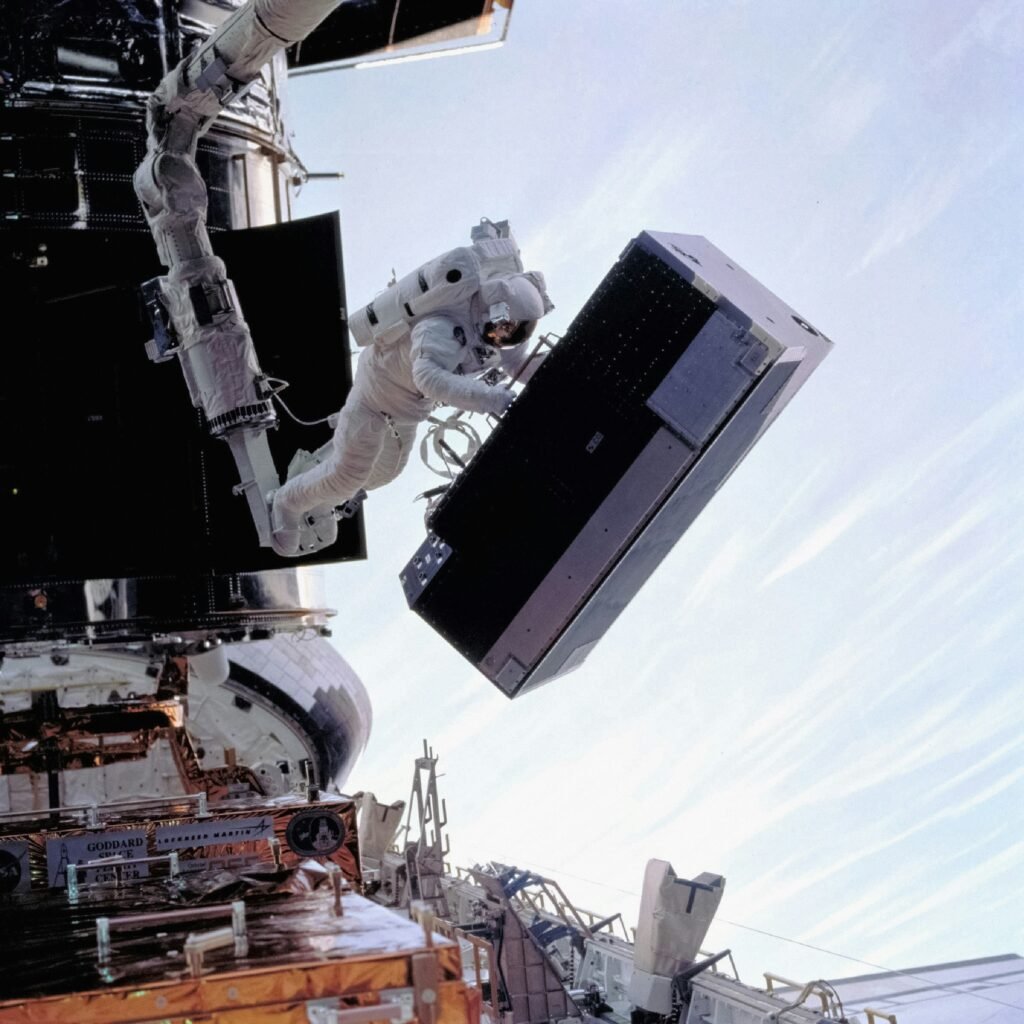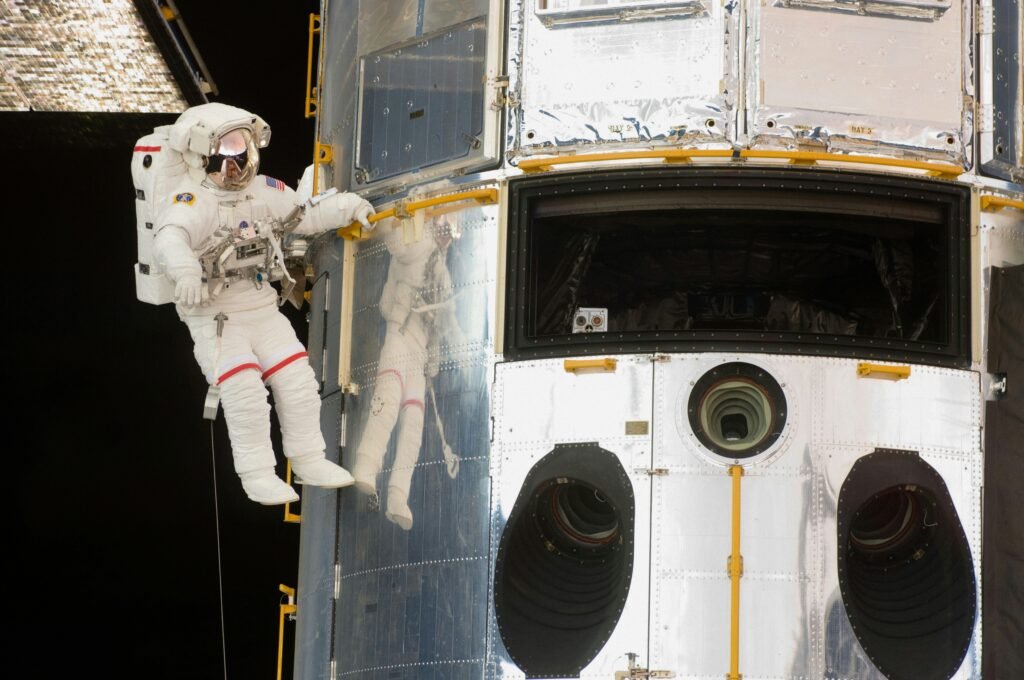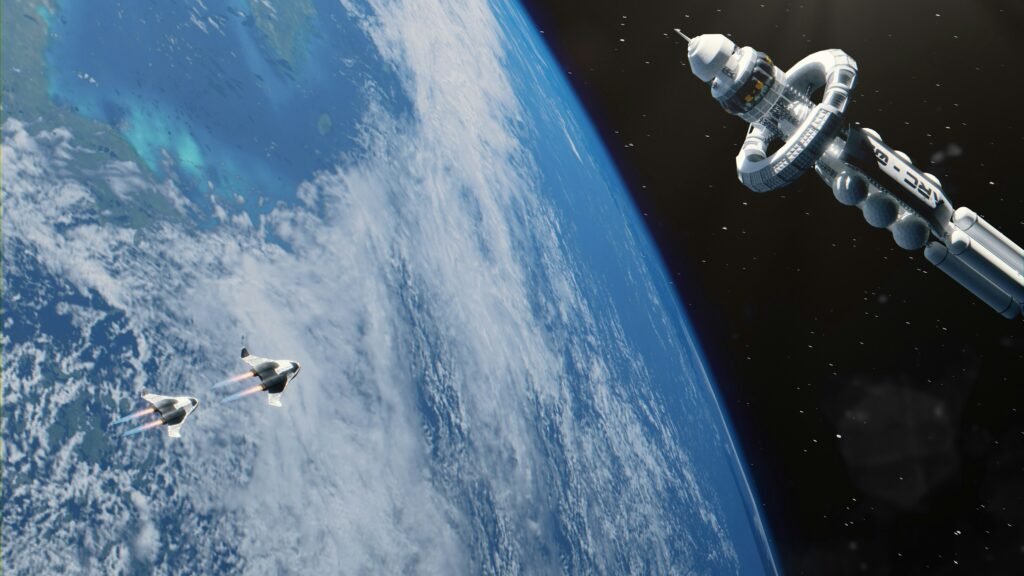
Exploring space has always been one of the biggest dreams of humans. Today, it’s not just a dream, it’s real. Through science and technology, we have sent rockets, satellites, rovers, and even people into space. But have you ever wondered how all this is possible?
We will explore the key technologies in space exploration, the tools and machines that make space travel possible, and easy scientific study. You’ll also learn how NASA, the US, the UK, and other countries use these tools to explore space. And if you're interested, you’ll see why many people now want to invest in space exploration tech.
Key Technologies in Space Exploration
Explore the essential tools, machines, and systems that make space travel and discovery possible.

Rockets and Propulsion Systems
Every space mission starts with a rocket. Rockets help us leave Earth by pushing spacecraft up into space. In the past, rockets were used only once, but now companies like SpaceX are making reusable rockets, which means they can fly again and save money.
NASA’s Space Launch System (SLS) is one of the most powerful rockets ever built. It will carry astronauts to the Moon and, in the future, one day to Mars. These rocket systems are important for US space exploration and other space programs.
Satellites and Spacecraft

After launch, satellites and spacecraft do the real work in space. Satellites go around the Earth and help us with many things—TV, internet, GPS, and weather forecasting.
Some spacecraft go to the Moon, Mars, and other planets. For example, NASA’s rover on Mars takes photos, checks rocks, and looks for signs of past life. The UK space exploration program also uses small satellites to see Earth and study space. These machines are key parts of modern space exploration tech.
Robots and Artificial Intelligence (AI)

Space is dangerous, so we use robots to do work where people can’t go. Robots like Marsrovers drive around, study soil, and take pictures.
These robots use AI (artificial intelligence), so they can make decisions on their own without waiting for commands from Earth. Robots are also used on the International Space Station (ISS) to fix things and help astronauts.
In the future, robots and AI will help build homes on the Moon and Mars. This is why many people want to invest in space exploration; it’s growing fast!
Space Telescopes and Cameras
To learn more about space, we use big telescopes in space. These space telescopes take pictures of stars, planets, and galaxies that are far, far away.
The Hubble Space Telescope showed us beautiful views of space, and the newer James Webb Space Telescope (JWST) can see even more. It helps us understand how the universe began.
With these tools, scientists can follow space exploration updates and make discoveries every day.
Space Suits and Life Support Systems
Astronauts need special suits to live and work in space. Space suits give them air to breathe, protect them from heat, cold, and space dust, and help them move easily.
Inside the spaceship, life support systems clean the air and water so astronauts can live safely for weeks or months. These systems are getting better with time, and NASA is working on new suits for Moon and Mars missions.
3D Printing and Using Local Materials (ISRU)
Sending tools and parts from Earth to space is expensive. So now, astronauts can use 3D printers to make tools and machine parts on the space station. This is faster and cheaper.
In the future, we may even use local materials from the Moon or Mars (like ice or rocks) to make fuel, water, or bricks. This idea is called In-Situ Resource Utilization (ISRU). It will help build homes on other planets without bringing everything from Earth.
Communication and Navigation Systems
Talking to astronauts and machines in space is not easy. NASA uses the Deep Space Network, which has big antennas to send and receive messages from far-away spacecraft.
In the future, faster ways like laser communication will help send videos and data quickly. Spacecraft also needs good navigation systems to know where they are and where they’re going, like Google Maps but for space!
These systems help scientists, astronauts, and even regular people who want to follow space exploration updates.
Power and Energy Systems
Space machines need power to work. Most of them use solar panels to turn sunlight into electricity. But far from the Sun, we need other sources of power.
Nuclear batteries and small reactors can give power for many years. NASA and other space agencies are testing these energy systems for future missions to the Moon and Mars.
Reliable power is one of the most important parts of space exploration tech.
Space Habitats and Living in Space
If humans want to live on the Moon or Mars, they need safe homes. These are called space habitats. They must protect people from radiation, space dust, and extreme weather.
Some ideas include:
- Inflatable houses that expand when opened in space.
- Greenhouses to grow food.
- Recycling systems to clean air and water.
NASA’s Artemis program and other missions are testing these ideas now. The goal is to build small space cities in the future!
Conclusion
Space exploration is no longer just a dream. Thanks to new tools and machines, we are learning more about our universe every day. From rockets and satellites to robots and 3D printers, these key technologies in space are changing the way we explore.
Countries like the US and UK are leading the way, supported by scientists and companies from around the world. And for people who love science or want to invest in space exploration tech, the future looks bright.
With strong space exploration tech, better ideas, and global teamwork, we’re ready to go farther than ever before.







